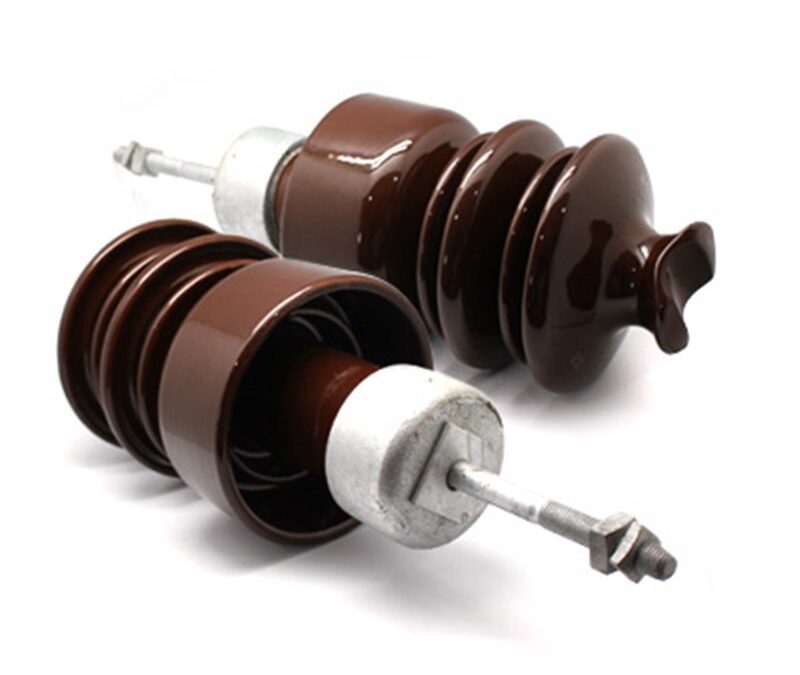A pin insulator is a component used to support and insulate the conductors from the support structures. It consists of a porcelain or glass mounted on the top of the support structure using a metal pin. They have designs to provide insulation and mechanical strength to withstand mechanical loads. They have a shape that reduces the leakage current path. It also maximizes the distance between the conductor and support structure. Pin insulator attaches to the support structure using a metal pin made from galvanized steel. The pin insulator mounts onto the top of the pole and provides mechanical support for the insulator. They are from materials such as porcelain or glass. They help to withstand electrical stress and environmental factors. This helps to provide electrical insulation which prevents the current from flowing through the support structure.
Materials used in the manufacture of pin insulator
Pin insulators are from materials that offer high electrical resistance and mechanical strength. The main materials used in their construction are porcelain and glass. The materials have designs that meet international standards and specifications. This is to ensure consistent performance and reliability in overhead transmission systems. Choosing between porcelain and glass materials depends on factors such as cost and availability. The following are the common materials used in the construction of the pin insulators.
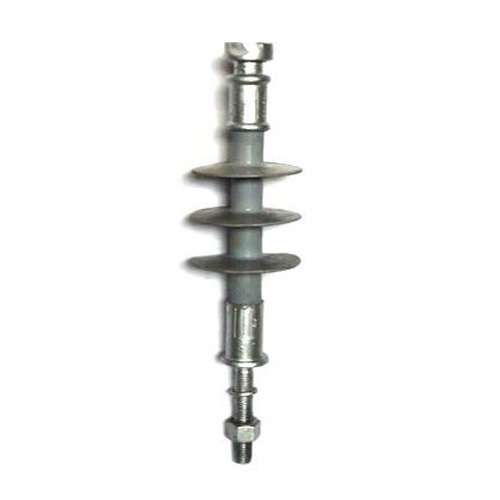
- Porcelain – this is a type of ceramic materials made from clay, feldspar or quartz. They offer electrical resistance which makes them suitable for withstanding high voltages. Porcelain materials also have good mechanical strength. This helps them support the weight of the conductors. They are resistant to moisture, UV radiation and temperature fluctuations.
- Glass – glass insulators are from a type of glass heat-treated or strengthened to enhance its mechanical strength. toughened glass insulators offer high electrical resistance to porcelain insulators. They have a smooth surface finish which reduces accumulation of contaminants such as dust and pollution. They are lightweight and have a sleek design which makes them easier to handle during installations. Glass insulators offer good resistance to environmental factors.
Technical specifications of a pin insulator
Pin insulators have several technical specifications that vary depending on various factors. These include voltage rating, environmental conditions and specific requirements of the application. Technical specifications help in selecting a pin insulator the suits your application needs. They also help to ensure safe and reliable operation of the transmission lines. Additionally, it is advisable to consult with professionals for guidance on the best pin insulators to select. The following are the technical specifications to consider when selecting pin insulators.
| Creepage Distance | 255-275mm |
| Cantilever Failing Load | 10.7kN |
| Power Frequency Wet Withstand Voltage | 45kV |
| Lighting Impulse Withstand Voltage | 95kV |
| Power Frequency Puncture Voltage | 135kV |
| Net Weight | 1.8kg |
- Voltage rating – pin insulators help to withstand voltage levels without electrical breakdown. The ratings include low voltage, medium voltage and high voltage. This ranges from 1kV to 69kV and above depending on the voltage level.
- Mechanical strength – the insulators should have mechanical strength to support the weight of conductors. They also help to withstand various environmental stresses such as wind, ice and vibration.
- Material – the insulators are from materials such as porcelain or glass. They offer electrical resistance, mechanical strength and thermal expansion.
- Testing and certification – pin insulators undergo various testing to verify compliance with industry standards. Certifications helps to ensure product quality and reliability.
- Creepage distance – this refers to the shortest path along the surface of the insulator between tow conductive paths. The distance varies depending on the operating voltage and pollution of the installation location.
- Dimensions – the dimensions of the pin insulator include height, diameter and skirt length. They help to ensure compatibility with the support structures and conductor fittings.
- Corona performance – corona discharge occurs at high voltage levels leading to power loss and audible noise. The insulators should have designs to reduce corona effects by optimizing the shape and surface properties.
Cost considerations and comparisons for pin insulators
The prices for pin insulators depend on several factors. These include types, supplier and materials. Consider these factors to ensure an accurate assessment and selection of the cost-effective options. Also, it is advisable to balance the initial expenses with factors such as reliability, durability and operational efficiency. This helps to optimize the value and reduce lifecycle costs. The following are the factors to consider when comparing the prices for pin insulators.
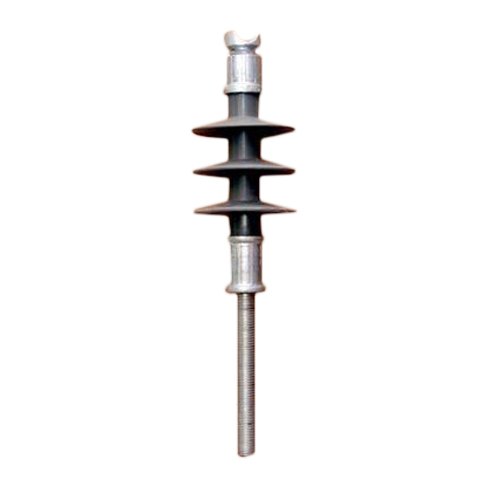
- Supplier and market dynamics – presence of suppliers, competition in the market and fluctuations in raw materials influence the cost of the insulator. It is advisable to get quotes from different suppliers for comparisons. Consider factors like product quality, reliability and after-sales support.
- Corona performance – the insulators for this purpose should have special surface treatments. They help to reduce power loss. The extra features may lead to higher manufacturing costs and improved performance.
- Creepage distance – longer creepage distances are necessary for pin insulators used in areas with high pollution levels. Longer creepage distances may lead to higher manufacturing costs due to the need for larger dimensions.
- Material – porcelain insulators are more affordable compared to glass insulators. The initial costs vary depending on factors like specific grade or glass used.
- Voltage rating – higher voltage ratings require larger insulators with longer creepage distances. They thus tend to be more expensive than those for lower voltage levels.
- Mechanical strength – the insulators must have mechanical strength to support the weight of conductors. Insulators with higher mechanical strength may need stronger designs. This leads to increased costs.
- Installation and maintenance – it is important to consider long-term installation and maintenance expenses. Factors such as ease of installation, durability and resistance to environmental factors impact the cost of ownership.
Industry advancements and updates in the market
The industry for pin insulators continues to grow and advance offering more benefits to the applications. The advancements help to improve their performance, reliability and efficiency in transmission lines. the updates show a commitment to innovation and continuous improvement in the design and performance. Use of new materials, technologies and design approaches help enhance the sustainability of power transmission systems. The following are the industry advancements and updates for pin insulators.
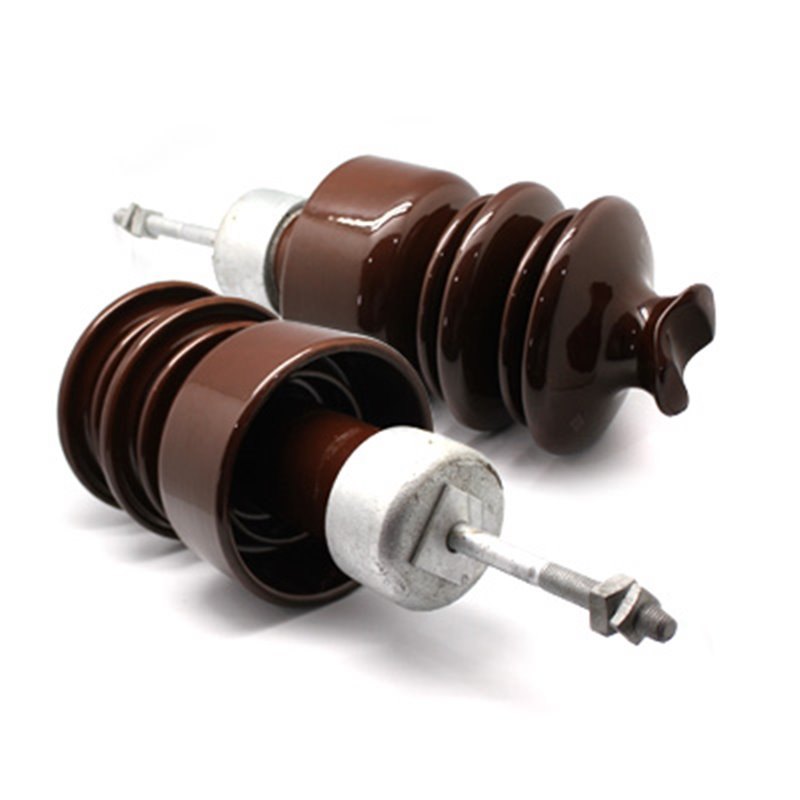
- IoT integration – the adoption of digitalization and smart grid technologies lead to the growing interest in integration of sensors and monitoring systems. They help to enable real-time condition monitoring and predictive maintenance. IoT enabled insulators can provide valuable data. These include factors such as temperature, humidity, mechanical stresses and insulation resistance.
- Composite materials – these materials are lightweight, durable and resistant to damage and environmental factors. They also provide excellent electrical insulation properties and are less susceptible to breakage.
- Corona control features – the insulators may use features such as corona rings, sheds or surface coatings. They help to distribute the electric field gradients more along the insulator surface.
- Environmental sustainability – this is the reduction of carbon footprint and use of hazardous materials in their production processes. This includes taking initiatives such as using recycled materials and optimizing manufacturing processes to reduce energy consumption.
- Enhanced insulator designs – this includes the development of insulators with improved corona performance, reduced surface leakage currents and enhanced mechanical strength. this is through the use of advanced computer simulations and modelling techniques. They help to optimize the insulator designs for specific voltage levels and pollution conditions.
Supplier or vendor information for pin insulators
There are several suppliers and manufacturers for pin insulator in the market today. They offer a variety of products to meet the needs of overhead transmission line projects. it is important to conduct thorough research and check product specifications. Consider factors such quality, reliability and customer support. Additionally, it is advisable to select a supplier for pin insulators that aligns with your project requirements. Common suppliers include TTF Power Systems located in Beijing, China. The following are the factors to consider when selecting suppliers or vendors for pin insulators.
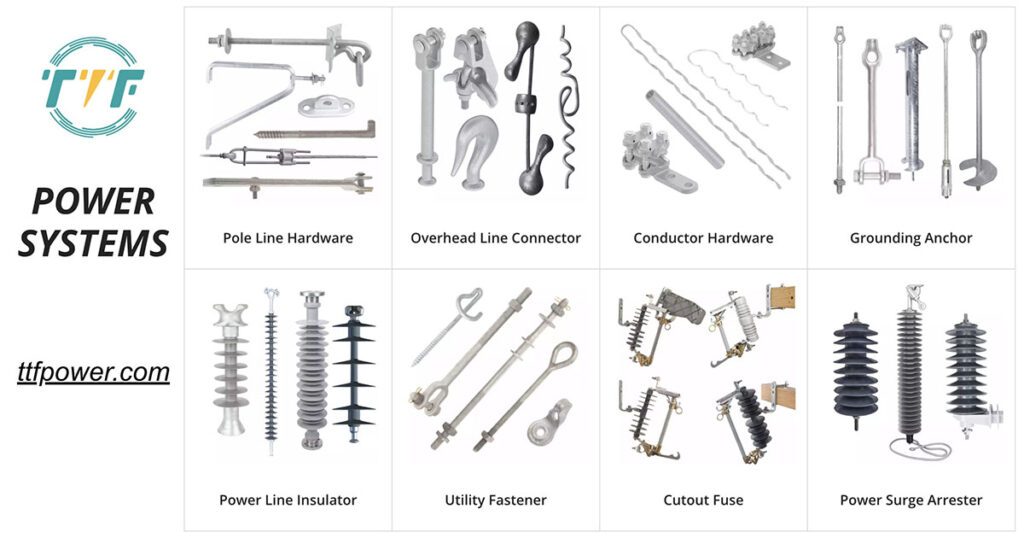
- Quality and reliability – select a supplier known for producing high quality pin insulator that meet industry standards. Select suppliers with a proven track record of reliability and consistency.
- Technical expertise and support – assess the supplier’s technical expertise and support capabilities. Check for suppliers who can offer guidance on product selection, design optimization and technical help.
- Cost and value – balance the price with factors such as quality, reliability and value. Compare prices from different suppliers and consider total cost of ownership.
- Financial stability – choose a supplier with financial stability and proven track of record of longevity in the industry.
- Product range and customization – consider the suppliers product range and ability to provide pin insulators.
Frequently asked questions
Pin insulators are from porcelain or glass materials. Porcelain provides high electrical resistance and mechanical strength. glass insulators provide excellent insulation properties and resistance to environmental factors.
Porcelain pin insulators are more affordable than glass insulators and the cost varies depending on various factors. This is including voltage rating, creepage distance and specific project requirements.

